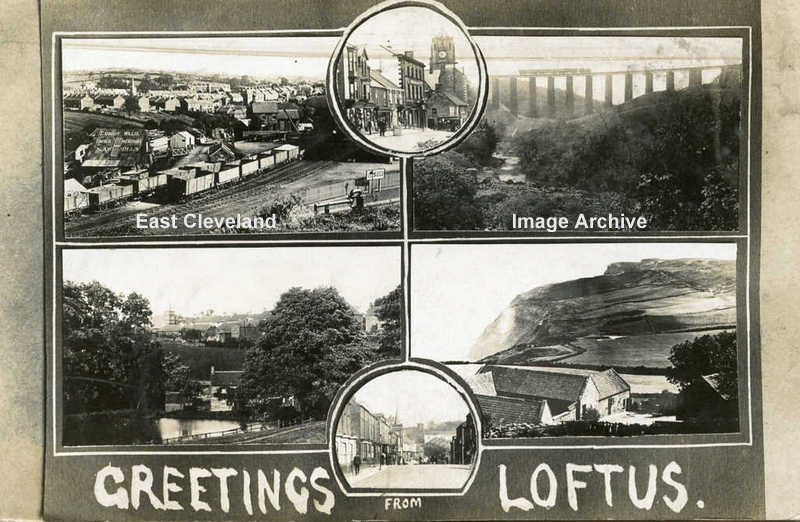
This T. C. Booth postcard presents a collection of views around Loftus; the railway station yard, the market place, Kilton viaduct, Hummersea farm, West Road and Loftus mill from the early 1900s.
Image courtesy of John G. Hannah.
|
|
||
 This T. C. Booth postcard presents a collection of views around Loftus; the railway station yard, the market place, Kilton viaduct, Hummersea farm, West Road and Loftus mill from the early 1900s. Image courtesy of John G. Hannah.  Another Esk Valley postcard image; “The Nest” (now demolished) was situated in Ainthorpe, slightly lower down the hill from the Fox and Hounds and on the opposite side of the road. It gets a mention in the first paragraph of an interesting account of life in times past called “An Ainthorpe Childhood” by J. P. Lynas which appears as a pdf file within the North Yorks Moors National Park website. The quickest and easiest way to get to it is to put the words ”Ainthorpe Childhood” into your search engine! Image and information courtesy of Owen Rooks. 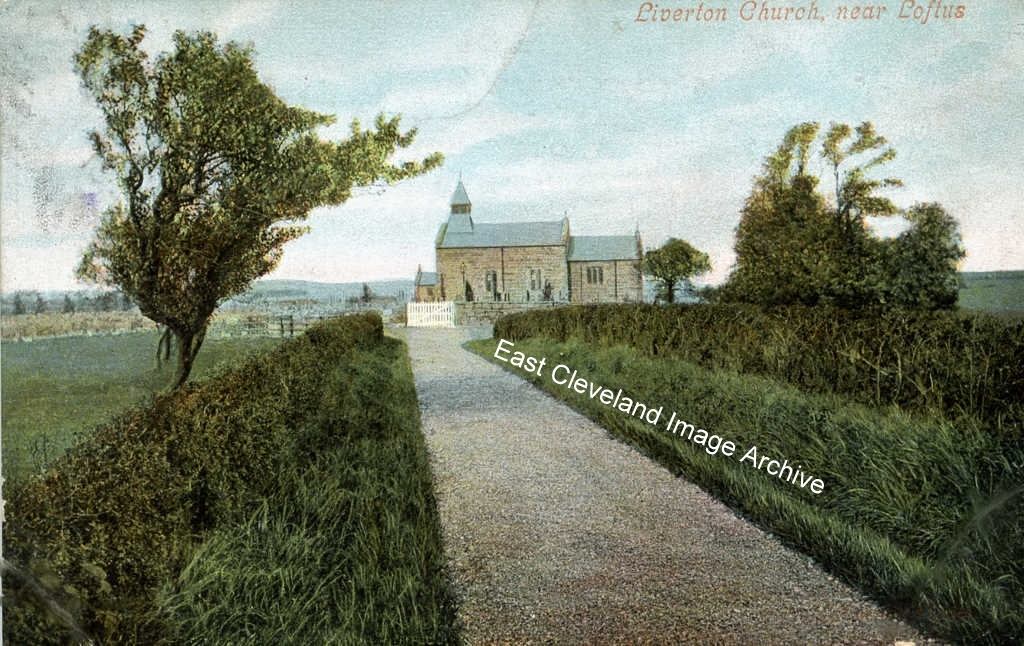 This lovely coloured postcard of Liverton Church produced by Cooke’s Fancy Bazaar, Loftus; latterly McColls on West Road and was sent to Glasgow in 1905. Image courtesy of John G. Hannah. 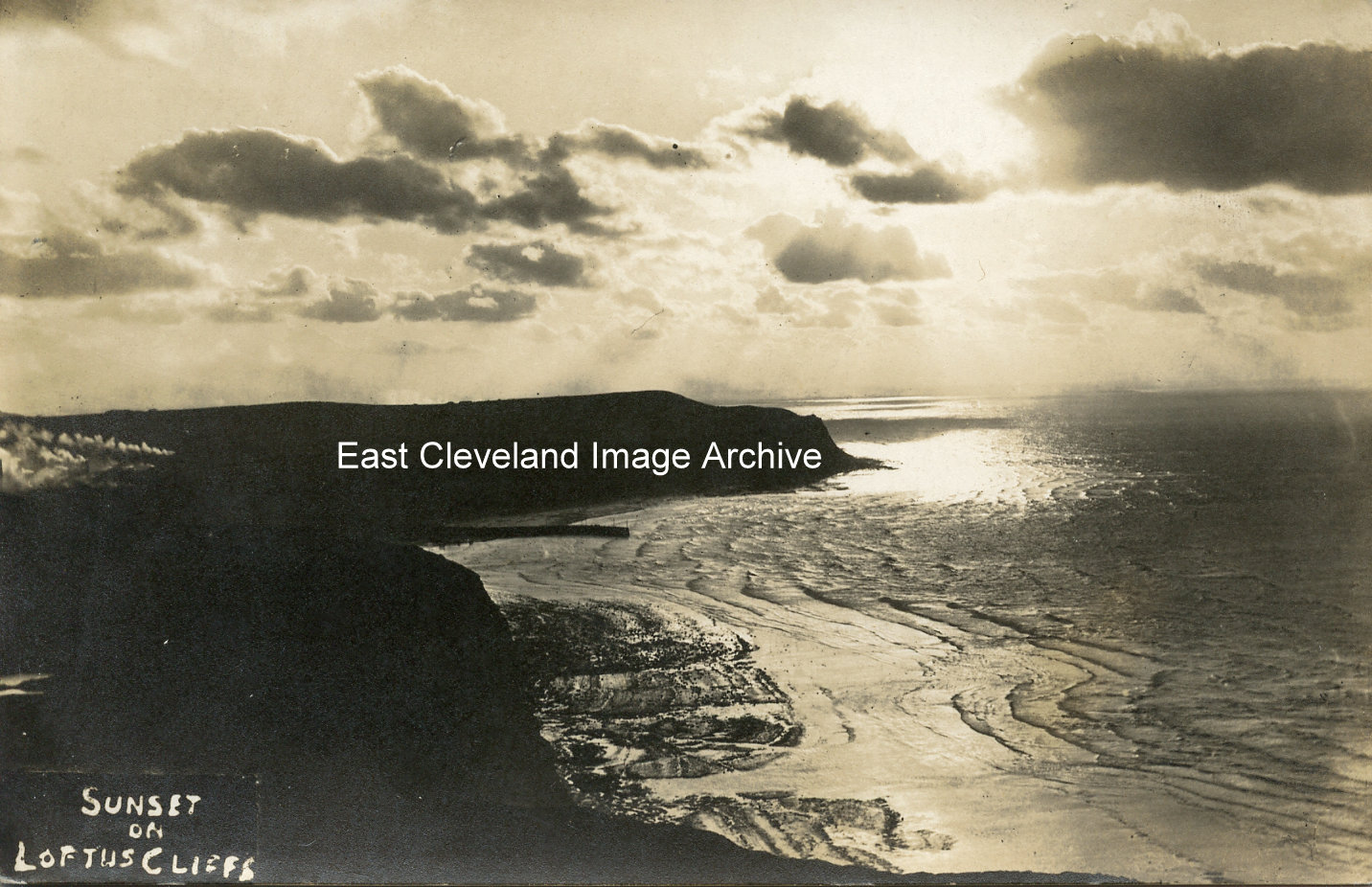 On the reverse of this postcard it says ’Photo. by T. C. Booth, Loftus, Yorks.’ Rev. T. Colledge Booth was the Pastor of Loftus Congregational Church. He came to his first pastorate at Loftus in June, 1897, when the church was in the building on North Road. Image courtesy of the Pem Holliday Collection, the David Linton Collection and others. 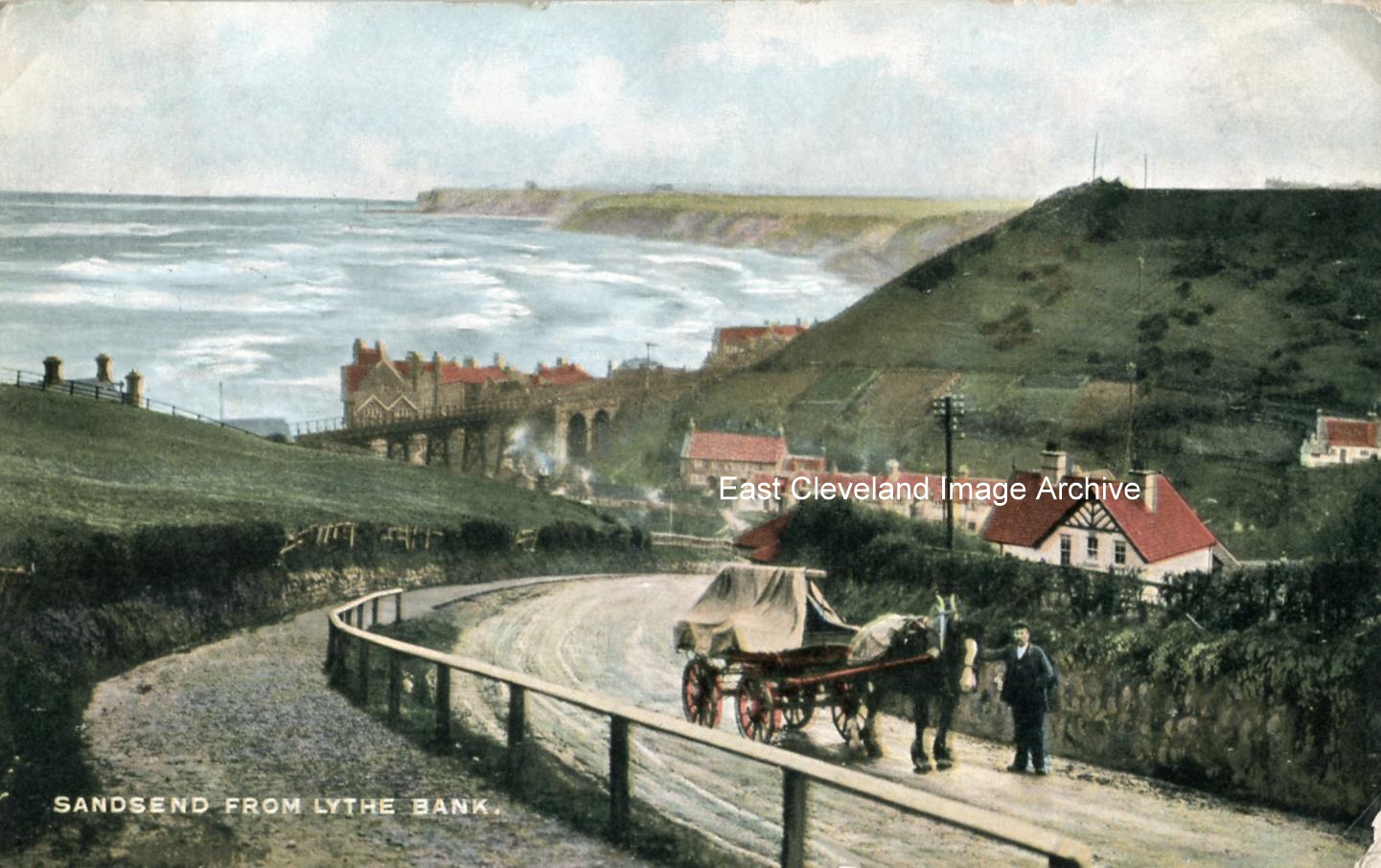 A lovely view, but having walked up this bank in the past I really feel for the horse. Rosemary Casson asked: ” When was this? This might be my Grandad, William Ernest Dudman who was the carrier for Lythe and Sandsend area”. The Archive can advise the image is from a Tom Watson postcard dating from 1905 to 1907. Image courtesy of Beryl Morris. 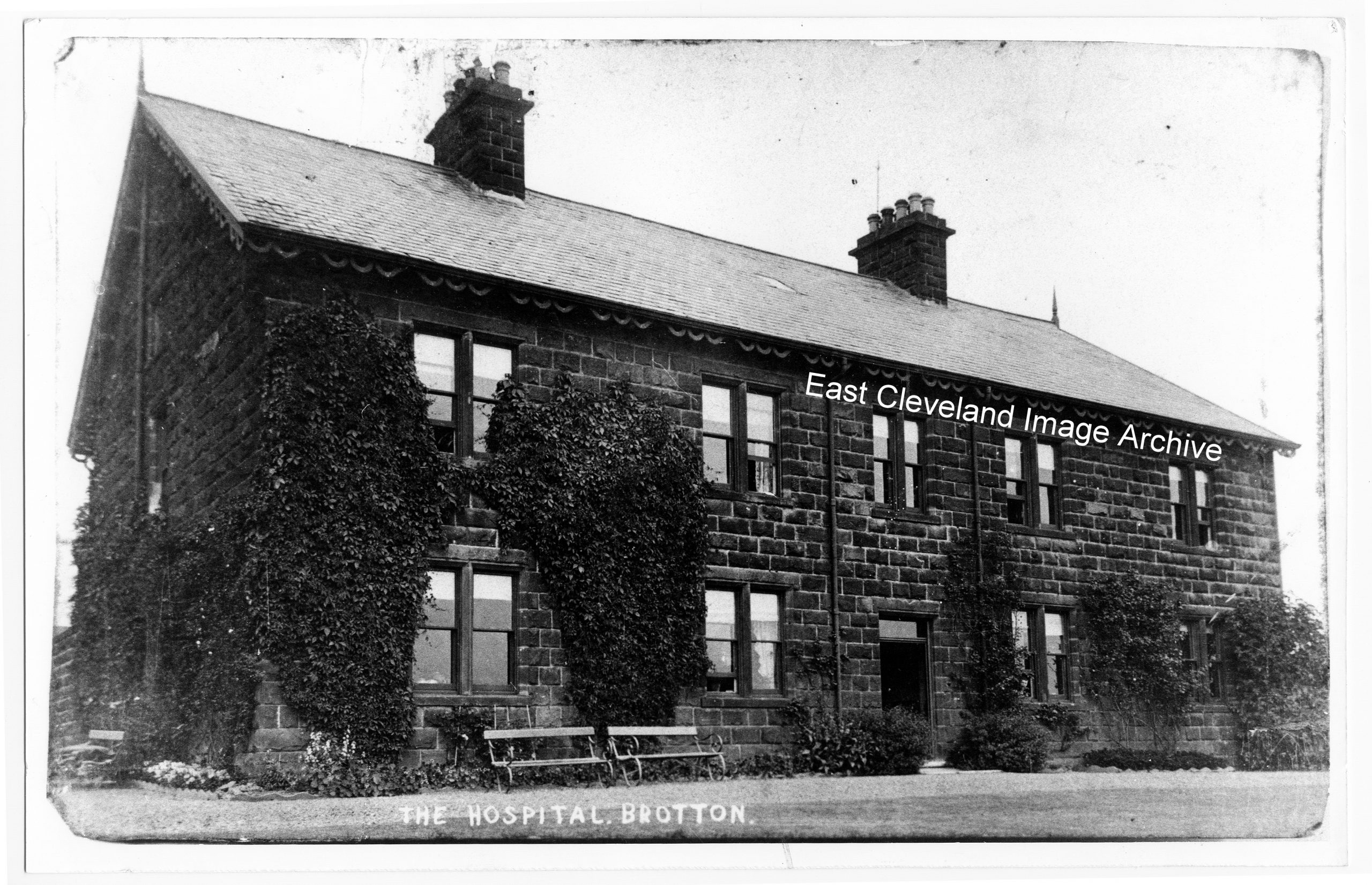 Built in 1874 by Bell Brothers local mine owners as the Miner’s Hospital and according to Bulmer’s Directory in 1889 the hospital had accommodation for 17 patients and Bulmer’s records: ”During the last year 75 persons received the benefit of the institution. It is under the care of the Sisters of the Holy Rood from North Ormesby.” It later became the local cottage hospital for East Cleveland, being replaced by the newer building on Alford Road. The building has now converted into private housing. Comments which arose following the initial posting of this image included: Alison Bates asking: “We have been going through my father-in-law’s possessions and have come across a silver tea set in the name of Sister Arabella, 25 years of service by the workmen at Brotton. Carlin How, Huntcliff, Kilton, Lumpsey and North Skelton mines. Brotton cottage hospital April 1901. Would really appreciate it if you could find any other information on her, she is obviously a distant relative.” Colin Hart assisted with: “Sister Arabella (Arabella Bates)in 1901 census she is the matron aged 63 living at Brotton hospital, born in Lancashire in 1838. In 1911 she is 73 single, living at 15 Upleatham St Saltburn. Date of death 1924 aged 86 registered in Stokesley.” Alison then queried: “Does anyone know where Sister Arabella Bates is buried?” Nigel Anderson has memories: ” Had my tonsils out here in 1950! Six of us in one dorm for same operation. All frightened of the rumours of “black sick” (sorry!!!). Kind staff.” Photograph courtesy of Cleveland Ironstone Mining Museum; thanks to Alison Bates, Colin Hart and Nigel Anderson for the updates. 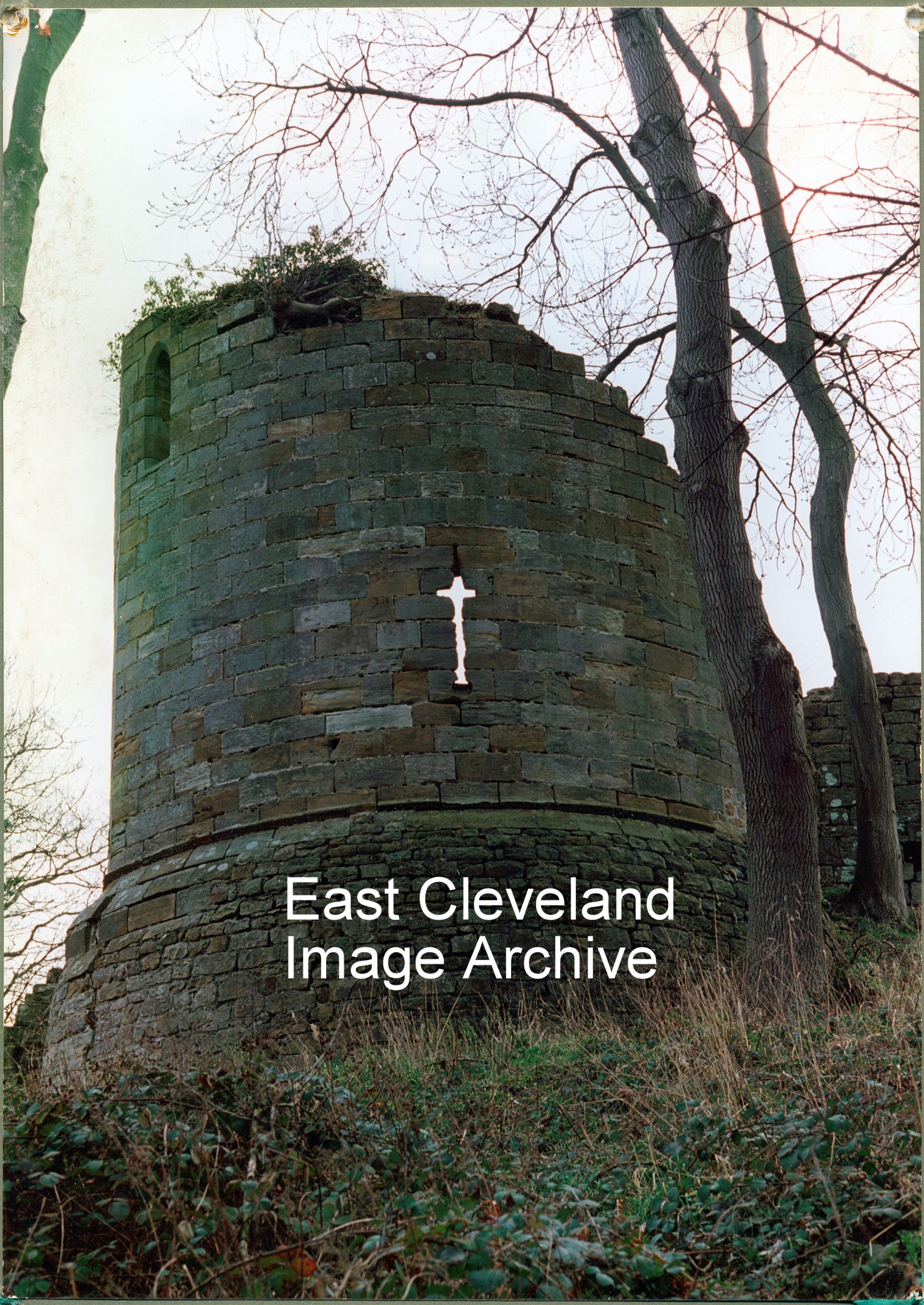 I don’t think you could see it like this now as it is so over grown all around it, but a lovely photograph. Image courtesy of Cleveland Ironstone Mining Museum. 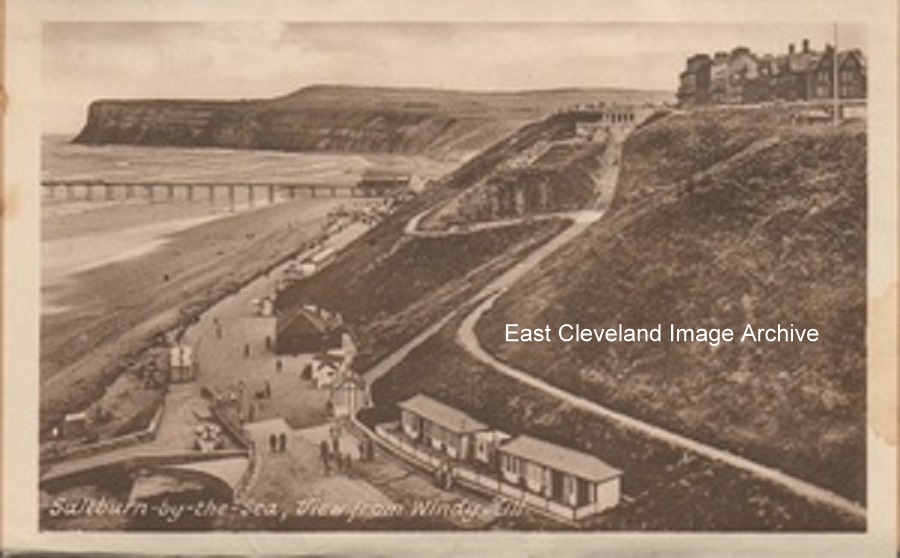 Apart from the broad concrete strip of the promenade, the pier and Huntcliff not much of this seaside view remains – sad really! Image courtesy of Julie Tyrka. 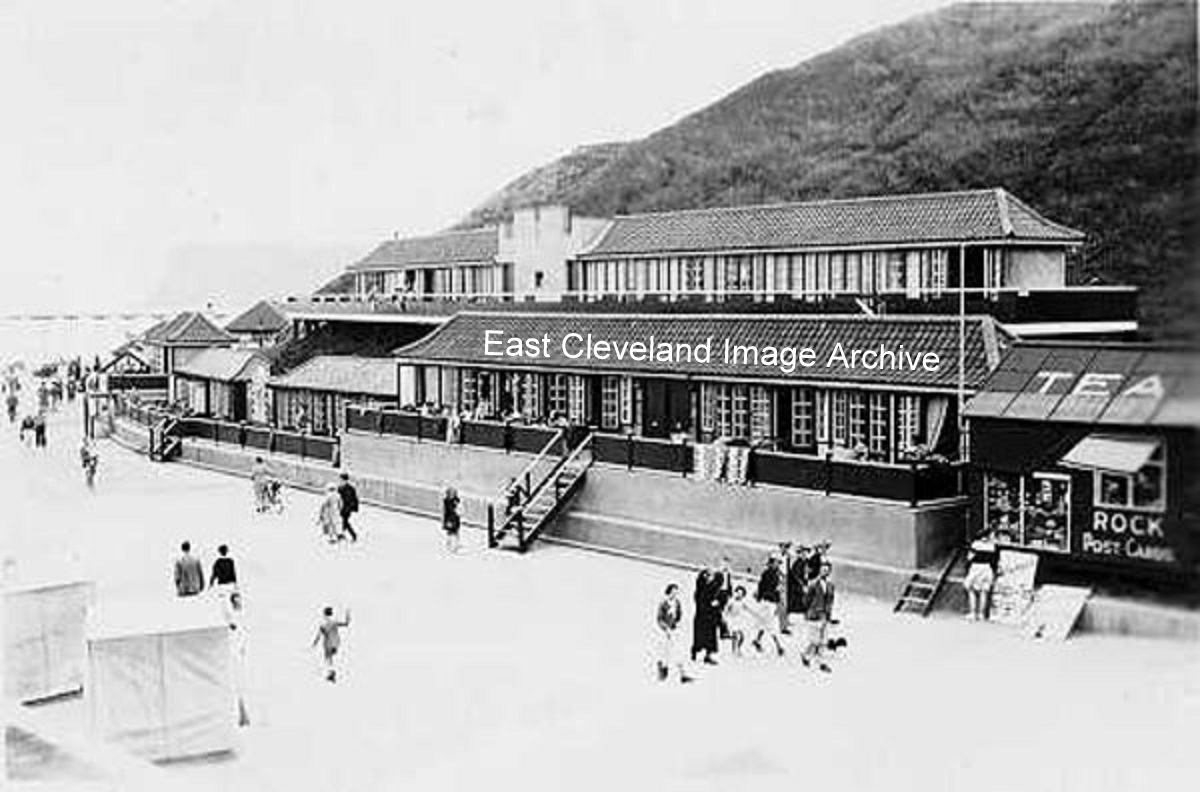 The Archive asked: “Do you remember them like this? About what date would this photograph have been taken? Tony Auffret suggested: “I remember my aunt having one of these chalets at the bottom of Hazel Grove. It must have been about 1962 or 1963. Don’t remember the double layer of chalets, but it was along time ago.” Callum Duff has come to our rescue: ”These Chalets were built as part of a job creation scheme for unemployed men during the depression. Looking at the Art Deco-type design of the upper chalet, it would suggest that they appeared in the 1930’s. buildings also constructed around this time included all structures from Hazelgrove to the west side of the Cliff Lift. These chalets were demolished in 1986, just before Saltburn’s 125th anniversary celebrations.” Image courtesy of Julie Tyrka; many thanks to Tony Auffret and to Callum Duff for the updates. 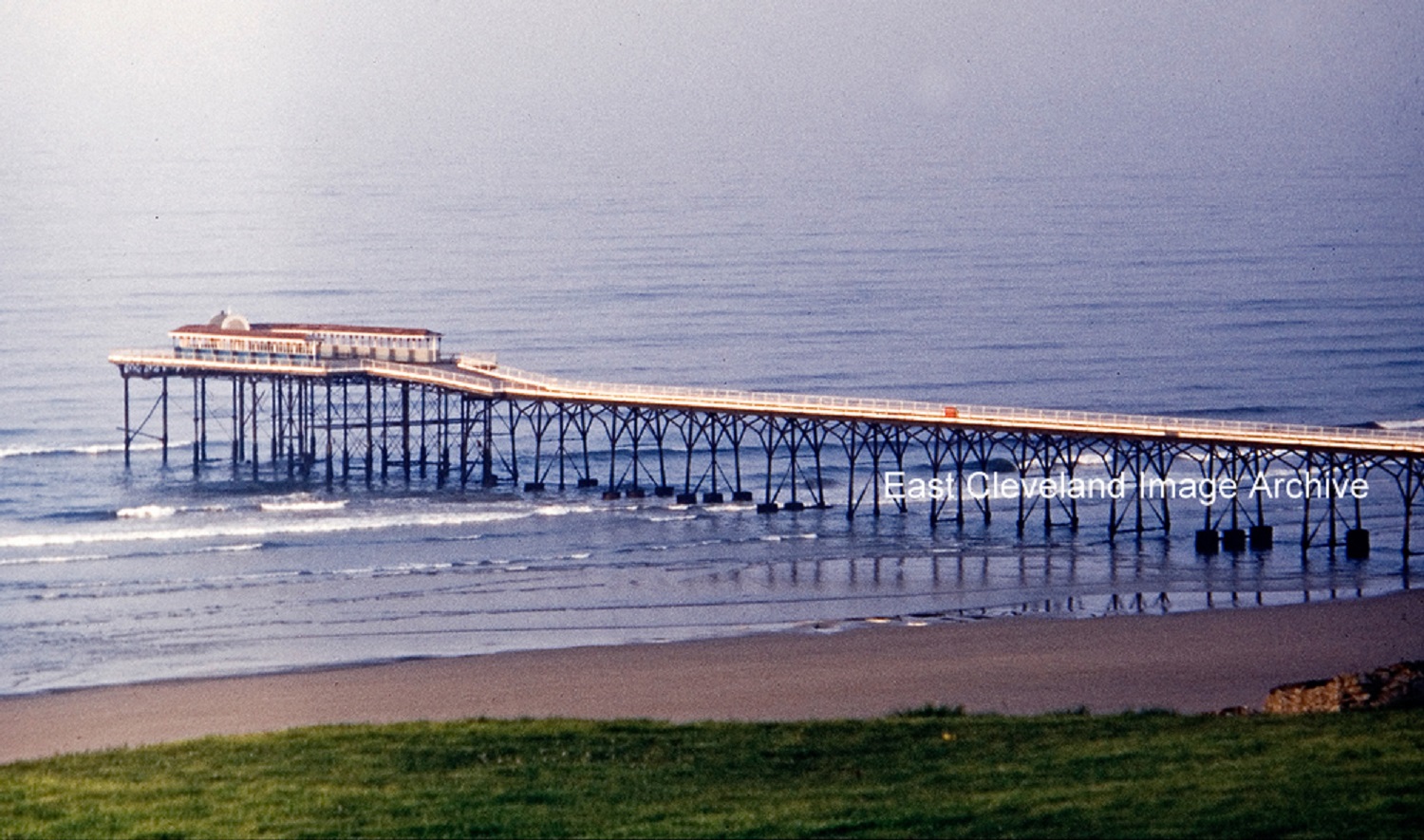 The pier as it used to be at Saltburn, I should be able to remember it like this but I guess the memory is going because I cannot recall it; but doesn’t it look lovely? Now I have been reading about the pier and at one time it was 1.500 feet long and the seaward end we see here was removed by a storm on October 29th 1974. Nigel Anderson recalls: “The buildings at the end of the pier were a horseshoe shape with covered seating both sides, inside and out and all round!!! I have many memories of the elderly sitting there asleep or listening g to the waves! Also should have mentioned that in the summer on Sundays a brass band often played in the centre at the end!“ Image courtesy of Ray Brown and thanks to Nigel Anderson for the updates. |
||
Recent Comments